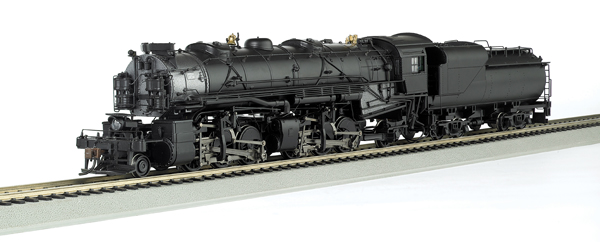
Once again, Model Railroader magazine is reporting from the National Train Show, which this year is being held in Hartford, Conn., from July 10-12. What follows is a list of new products being announced by model railroad manufacturers exhibiting at the show. This is a preliminary list, including items revealed to Model Railroader before the […]
Read More…
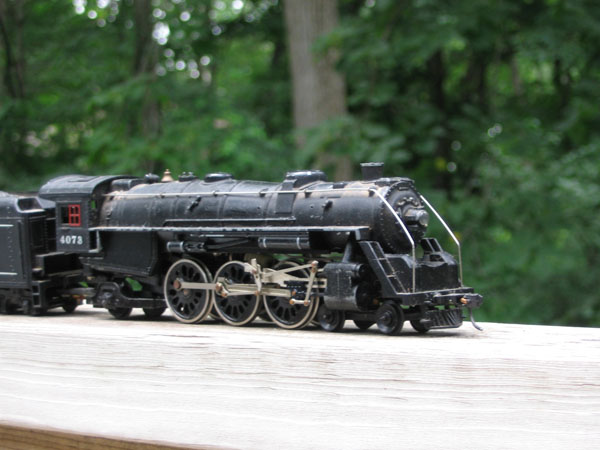
David Schoedel photo This is a very nice engine made by Mantua. It has a black die-cast metal shell and a working headlight. It is very heavy so naturally, it pulls a ton! It also has electrical pickups in the tender and a working valve gear. It does unfortunately take a lot of power to […]
Read More…
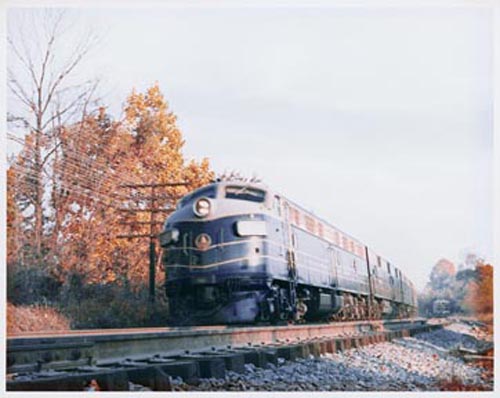
A supplement to the Classic Trains Online Look Back e-mail newsletter Canting grandly to the gentle curve, E units break the quiet of a late fall day as they roar through Georgetown Junction with B&O’s Capitol Limited. Paul Seidenman photo Late fall encounter at Georgetown Junction By Paul Seidenman It was especially beautiful, that fall […]
Read More…
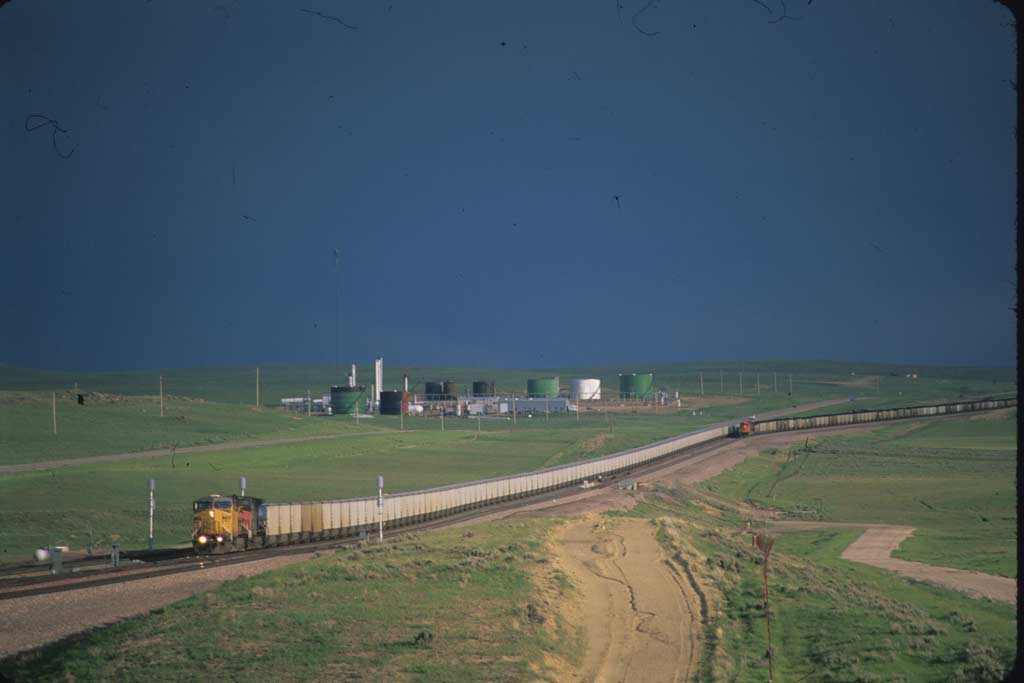
Railroad History in a Nutshell Two coal trains in the Powder River Basin in Wyoming illustrate the astonishing growth of railroad freight in the U.S. and Canada. Matt Van Hattem North American railroading has a rich past. How can it all be encapsulated? Where can you go to learn its roots? The Center for Railroad […]
Read More…
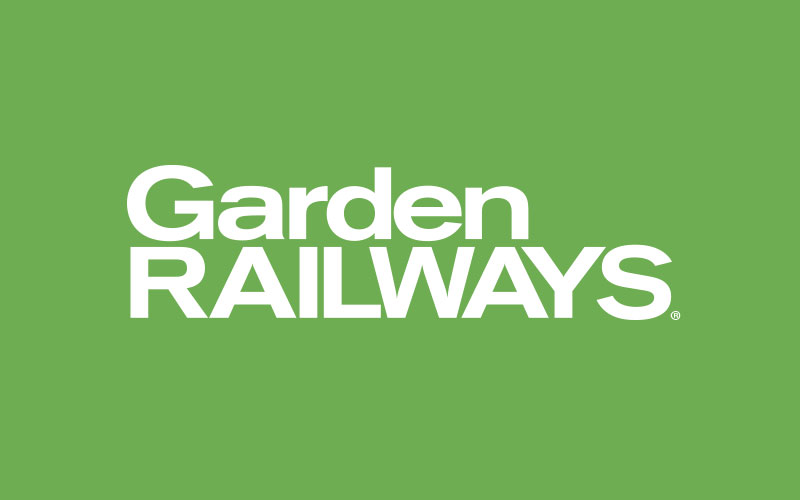
Rail comes in many different sizes and materials. Here’s a little background information to help you chose the one that’s right for you. Rail sizes The size of model-train rail in any scale is referred to by “code.” For instance, in large-scale railroading we commonly use code-332, code-250, or code-215 rail, although code 197 is […]
Read More…

Annual refers to a plant that lives for only one season and must be replanted each year. Ballast is the medium, usually gravel of some sort, that provides a firm underlayment for track, helps to hold it in place, and drains water away from the ties. Battery power is another way of operating electrically powered […]
Read More…
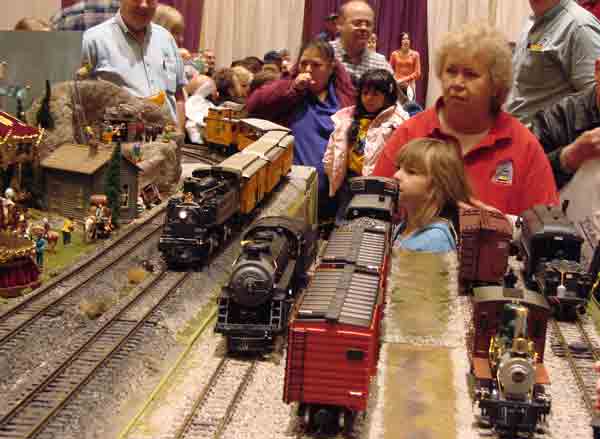
Bob Temper • Don’t arrive early. Most garden railroaders tend to work frantically up until the last minute getting their lines ready. Arriving early can be disruptive. • Don’t stay late. Our hosts are exhausted by the end of the day, so please leave by closing time. • Sign the guest book. Owners like to […]
Read More…

Annual refers to a plant that lives for only one season and must be replanted each year. Ballast is the medium, usually gravel of some sort, that provides a firm underlayment for track, helps to hold it in place, and drains water away from the ties. Battery power is another way of operating electrically powered […]
Read More…

Rail comes in many different sizes and materials. Here’s a little background information to help you chose the one that’s right for you. Rail sizes The size of model-train rail in any scale is referred to by “code.” For instance, in large-scale railroading we commonly use code-332, code-250, or code-215 rail, although code 197 is […]
Read More…
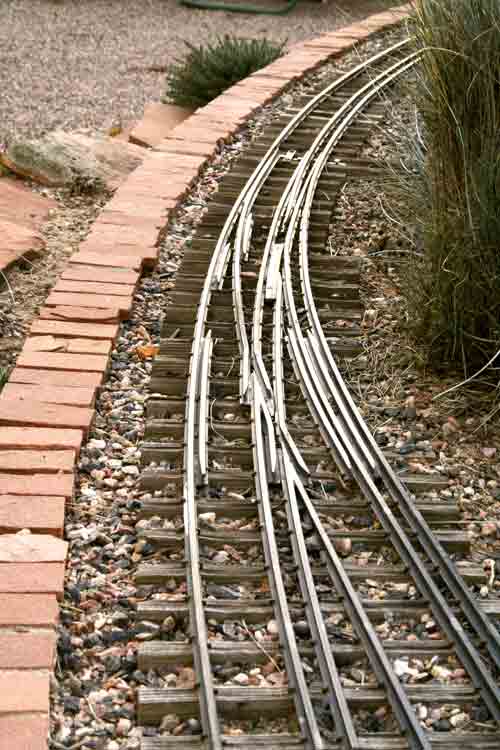
Marc Horovitz Marc Horovitz Marc Horovitz Marc Horovitz Marc Horovitz Keeping dirt and debris out of the moving points is imperative to proper operation. The author uses a stiff brush to keep things moving freely through an operating session. Kevin Strong The frog and guardrail flangeways—like the points—need to be kept clear. These areas aren’t […]
Read More…
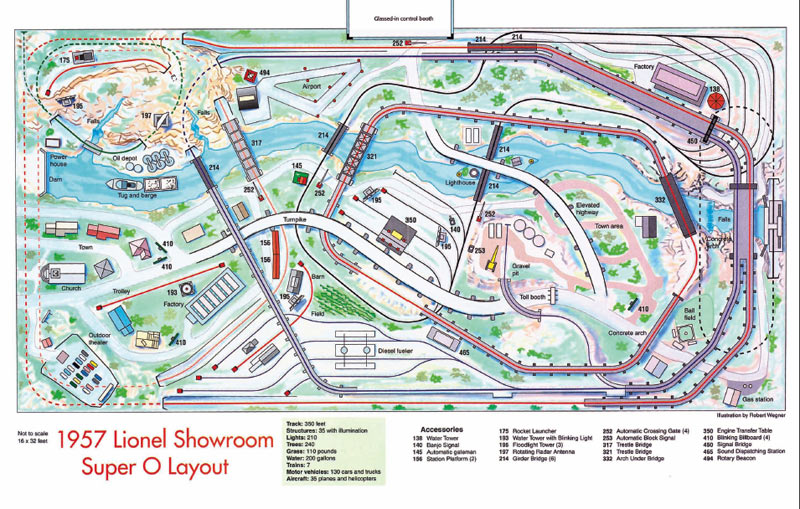
Steve Garofalo’s Super O layout celebrates Lionel’s 1957 showroom layout. Download this PDF of a 12-page look at the original 1957 layout. Lionel 1957 Super O layout […]
Read More…

Steve Garofalo’s Super O layout celebrates Lionel’s 1957 showroom layout. Download this PDF of a 12-page look at the original 1957 layout. Lionel 1957 Super O layout […]
Read More…








